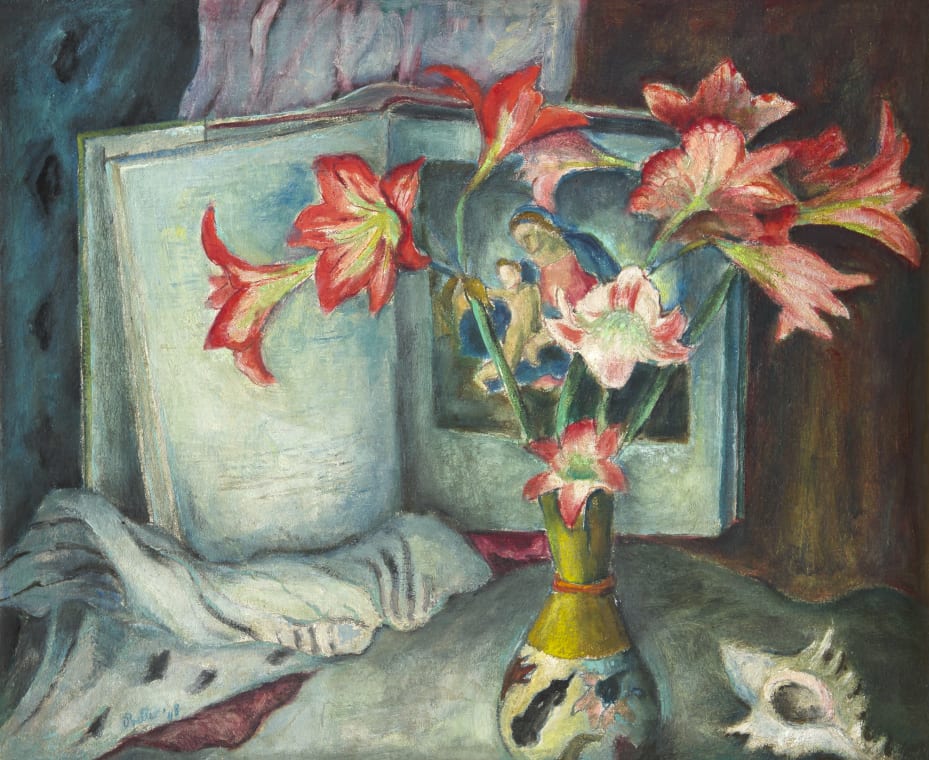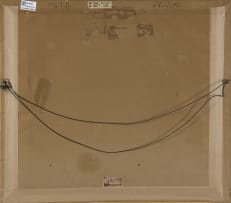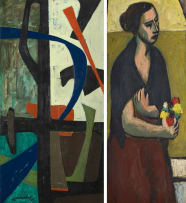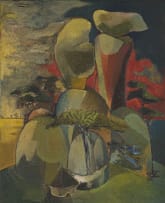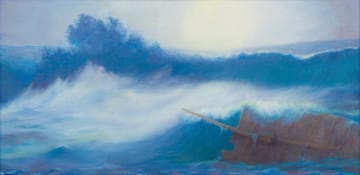Art Rooted in Nature: Evening Sale
Live Virtual Auction, 25 June 2024
Evening Sale
About the SessionSouth African artists have long drawn inspiration from the earth, capturing the beauty and complexity of flora and landscapes, with their works. The selection for sale emphasises themes of both human and non-human elements in nature, reflecting a profound connection to the environment.
This auction showcases a rich artwork medley that delves into the intricate relationship between the natural world and artistic expression. Featuring botanical depictions, landscapes, coastal scenes, floral still lifes and garden scenes in the Cape and beyond, the sale highlights the enduring relevance of nature in art, especially in the context of contemporary ecological concerns.
This auction celebrates the harmony between scientific precision and artistic creativity, making a compelling case for the ongoing relevance of depicting nature.
Running from 7 to 25 June to coincide with the Hermanus Fynarts Festival 2024, the Strauss & Co auction aims to complement the festival’s vibrant celebration of creativity in all its forms.
Incl. Buyer's Premium & VAT
About this Item
signed and dated '48
Notes
"On the shelf were portrayed a number of the treasured objects that Alexis had begun to refer to as his Household Gods. Among them was the Persian vase that had been given to him by his mother. An accident had damaged the vase, breaking offff parts of its rim, but there was no way in which Alexis would part with the sentimental object."-Esmé Berman
Alexis Preller was a technically brilliant painter with a remarkable nous for colour and an imaginative sense for choreography. He was also a world builder. Preller's career output, a large sampling of which is currently on view at the Norval Foundation, Cape Town, evidences his determination to create an original personal iconography expressive of his South African heritage and love for Western art history. Although better known at the time for symbolist works like Basuto Allegory (1947), exhibited in 1948 at the Tate Gallery, London, Preller
regularly produced still lifes like this lot. The genre of still life enabled Preller, an enigmatic trailblazer, to experiment within a longstanding Western painterly tradition.
Over his lifetime, notes Preller's biographers Esmé Berman and Karel Nel, the artist produced 'dozens of relatively conventional still-life compositions. True, several of the objects he depicted were unlike those traditionally included in such groups but, since he lived in Africa, it was not unreasonable that many of the artefacts, as well as the fruits and flowers that he portrayed, were of non-European origin.'1
This gorgeous still life featuring an open art book, spider conch shell and red lilies displayed in a porcelain vase offers a fine example of Preller's iterative and recombinant approach to depicting familiar and meaningful objects. Undoubtedly the most significant object is prominently displayed in the foreground: a Persian vase with floral motifs and a distinctive neck ring. This vase was one of Preller's "most treasured possessions" and served as a "talisman" in numerous drawings and paintings.2 Gifted to Preller by his mother as a schoolboy, the vase remained with the artist until his death. The vase appears in major paintings like The Cello 1 (1947) and The Broken Vase (1952), the latter work figuring later damage to the vase.
The other objects bear notice too. Preller started experimenting with the visual and symbolic potential of seashells in the mid-1940s. Spider conch shells featured in post-war paintings such as Abandoned City (1944) and Open Book (1946). Like Irma Stern, an early hero to Preller, the artist treasured books, especially art books, sometimes even inviting them into his compositions. The book in this lot shows an image of a bathing scene, a familiar motif of modernist European painting and a subject that Preller wrestled with in his youthful paintings of the later 1930s.
The studied choreography of these objects, as well as their refined execution as painted things, are hallmarks of Preller's still lifes. It bears noting that there is a long tradition of painting shells and flowers. The Dutch Golden Age painter Balthasar van der Ast produced remarkable still lifes populated with objet trouvé from the new worlds, notably shells. Preller, though, worked in an idiosyncratic modernist style. The limited yet distinctive chromatic hues of this ruminative composition, executed chiefly in blue and red, recall the later works of Belgian symbolist painter James Ensor. Like Ensor in his Still Life with Sea Shells (1923), Preller's symbolically laden assembly of visible objects is charged with intensity and enigma.
1.Esmé Berman & Karel Nel (2009) Alexis Preller: Collected Images, Johannesburg, Shelf Publishing, page 51.
2. Ibid, page 109.
